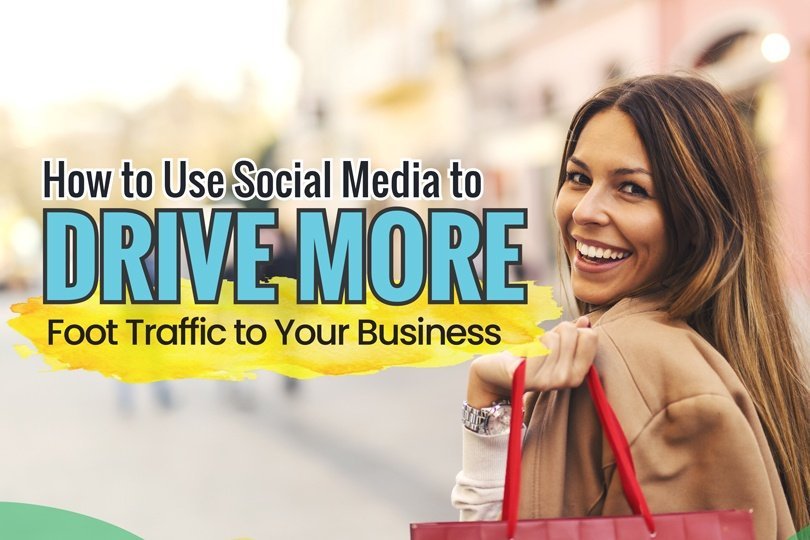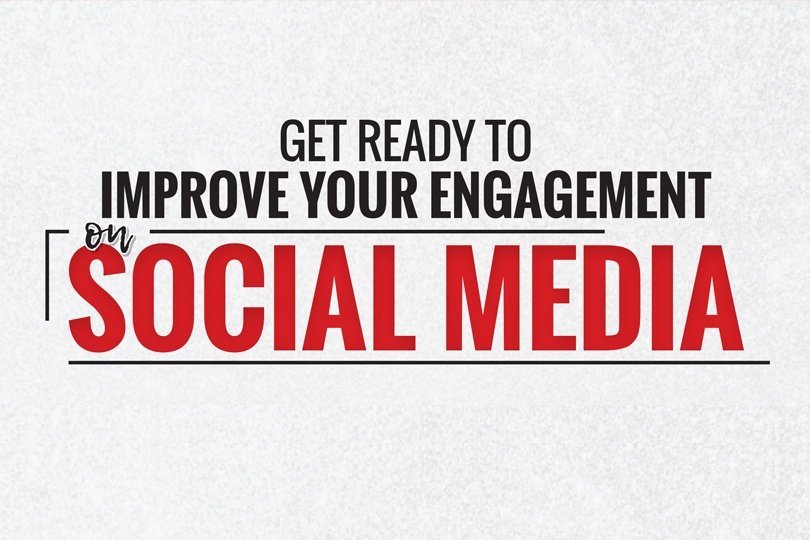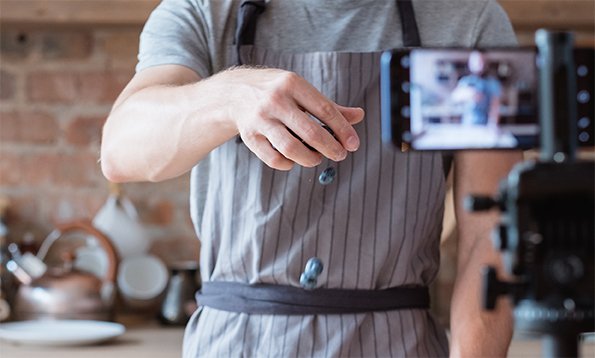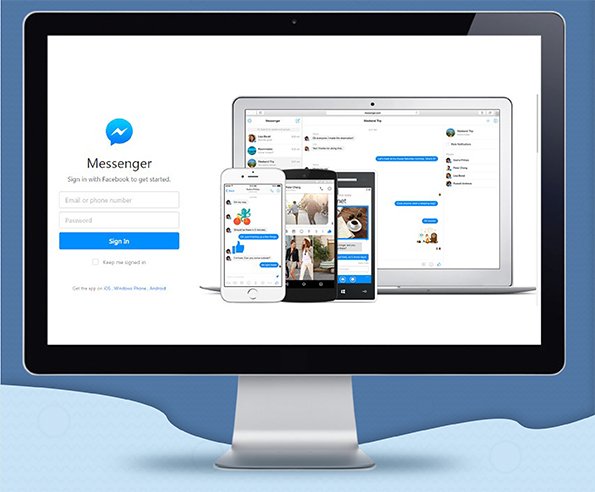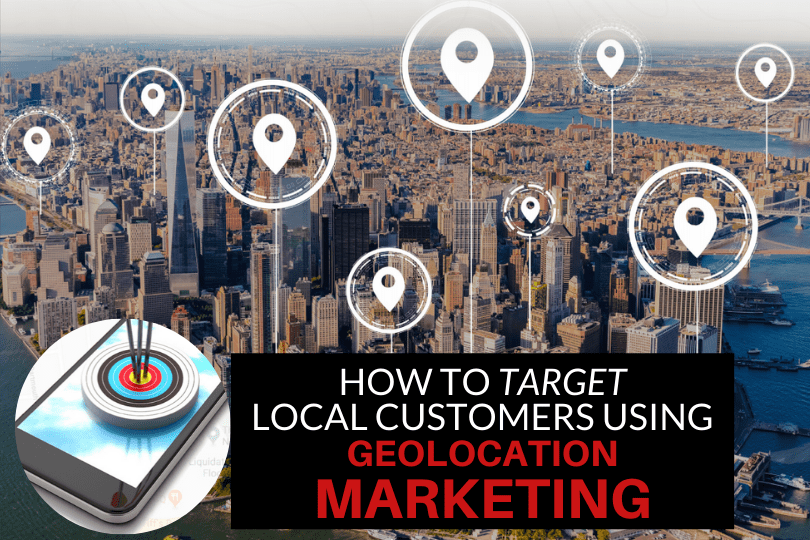
How to Target Local Customers Using Geolocation Marketing
One way to accomplish that goal is to use geolocation marketing. Here’s what you need to know.
What is Geolocation Marketing?
Let’s start with the basics. Geolocation marketing is a type of marketing that’s location specific. By that, I mean that you can connect with potential customers who are near your business and target them directly with offers and ads.
- You’ll have access to a highly targeted audience of people who are likely to frequent your business
- You can attract new customers by reaching out to them with offers that appeal directly to them
- You can learn about the shopping habits and preferences of your existing customers and use what you learn to grow your business
- You can reward your most loyal customers with special content and offers designed to turn them into brand ambassadors
In other words, geolocation marketing can help you to tap into a resource base of your existing customers and potential customers in your area, allowing you to connect with them and market your business in a way that’s likely to yield a high return on your investment.
Tools to Use for Geolocation Marketing for Your Business
There are three kinds of geolocation marketing that you can use depending upon your needs. They are:
- Geotargeting is the broadest form of geolocation marketing. It uses the IP addresses of your customers’ web browsers. In practical terms, you can’t use geotargeting for precise target audiences because it can’t pinpoint your audience’s location exactly. It’s best suited for marketing to general regions, cities, or states.
- Geofencing is more precise than geotargeting, allowing you to target specific neighborhoods and even streets. Don’t think that limits you, though – it can also be used for entire towns or cities. Geofencing uses mobile devices’ GPS locations instead of IP addresses. That means you can track your customers’ locations even if they move. It’s ideal for attracting foot traffic but not as effective for tailoring specific marketing campaigns to your target audience.
- Beacons are by far the most specific option for geolocation marketing. A beacon is a small device that you’ll put inside or near your business. It collects data from Bluetooth signals in smartphones. They’re ideal for use in places with poor Wi-Fi reception because they’re used for close communication. The Bluetooth technology allows you to send messages and offers directly to customers who are in range.
The type of geolocation marketing you choose depends on what you hope to accomplish with it. If your business is highly dependent upon foot traffic, you may decide that geofencing is the most cost-effective and useful form of geolocation marketing.
Tips for Using Geolocation Marketing

Now, let’s talk about some specific tips to help you make the most of geolocation marketing and grow your business. There are lots of ways you can use this technology. Here are some suggestions.
- Target people in a venue or at an event. If yours is the type of business that relies on foot traffic and you’re near a popular event venue, such as a stadium or theater, you can set up a geofence to target people who are at the place you specify. For example, a bar could target concertgoers at a nearby theater. You can also use this option to target office complexes and neighborhoods.
- Set up a geofence in your delivery area. If you own a business that delivers – whether you’re delivering Thai food or furniture – you can easily use geofencing to target the people who live in the area you service. Those people are the most likely to buy from you and they may not know about your business – until you use geolocation marketing to tell them what you have to offer.
- Use geotargeting to map out your audience based on where they are. While geotargeting is a more “big picture” type of geolocation marketing, it can be extremely useful to help you find people who are nearby. For example, if you sell a luxury product, you can use geotargeting to get your message to people who live in upscale neighborhoods.
- Use a beacon to attract foot traffic to your store. What if you own a retail store or restaurant that relies heavily on foot traffic? You can set up a beacon to ping your customers when they’re in range and then target them with specific offers. For example, if you own a restaurant near a busy downtown area or office park, you can send out an offer about your happy hour, including information about special deals on appetizers and drinks.
- Speaking of beacons, you can also use them to send you an alert when a repeat or loyal customer is in your store. Imagine how flattered and grateful your customers will be when you show up at the door to greet them by name and show them what you’ve got to offer! This is a terrific tool for personalized marketing that can turn loyal customers into brand ambassadors.
- Use geolocation marketing to learn about your target audience’s buying habits. For example, you might have a nearby competitor and use geotargeting to provide potential customers with an incentive to visit your business.

The bottom line here is that geolocation marketing allows local businesses to use GPS technology to connect directly with the customers – and potential customers – who are most likely to frequent their stores.
The key with geolocation marketing is to determine which method will deliver the returns you want. That means defining your marketing goals and choosing the tech that’ll allow you to achieve them, whether it’s a beacon or a geofence.



